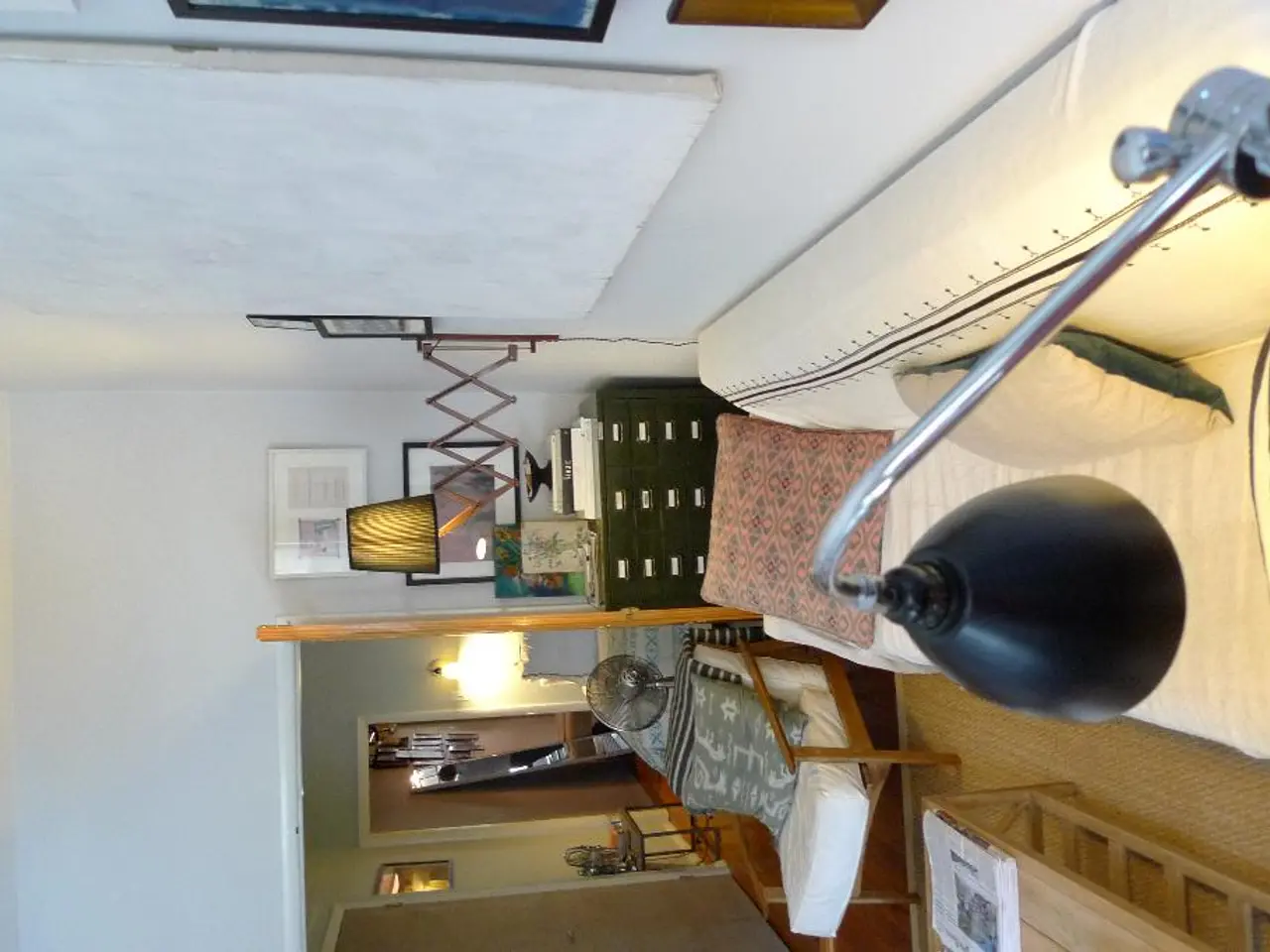Sensory Room Directives, Regulations, and Recommendations
In an effort to create more inclusive and supportive learning environments, schools are increasingly adopting the use of sensory rooms. These specialised spaces are designed to cater to the sensory needs of students, helping them regulate their emotions and focus on their learning.
Ideally, a school would have several different sensory rooms, each with its own unique features. One might be a safe room with padded walls, floors, and soft everything, while another could be equipped with more advanced tools for active regulation and heavy work.
However, it's crucial to ensure that these rooms are used appropriately. They should not become a free-for-all space, a punishment for students, a reward, or something that must be earned. They should not be used as a babysitter, a place to separate students from their peers, an alternative curriculum, or an alternative to formal education. Nor should they be used as an alternative play space for students who prefer not to play outside.
The most important guidelines and protocols for the use of sensory rooms in German schools focus on acoustic requirements, ensuring appropriate reverberation times for different room types to create a healthy, supportive learning atmosphere. The DIN 18041 standard is particularly important in this regard. Additionally, the DIN 18040-1 standard mandates a 'two-sense principle' to accommodate sensory impairments by compensating the loss of one sense with another, ensuring accessibility and inclusion in school environments.
To maintain the integrity of the sensory room as a therapeutic tool, it's essential to limit the number of occupants at any one time, depending on the size of the building and number of students that benefit from the room. Equipment must stay in the room, and a borrowing system can be considered with proper management.
A well-designed sensory room is more than just a break area; it is a calming space for kids that teaches lifelong regulation strategies. A staff in-service is important for providing proper training on the correct use of the equipment for any school staff that will be in the room.
The sensory room should be kept quiet and predictable with clear boundaries so kids know this is a place for self-regulation and not playtime. Reteach rules throughout the year, especially after breaks or if usage becomes inconsistent. Constant supervision is essential for the safety of the students using the room, particularly those at risk of falls or those using heavy or complex equipment.
The goal of the space should be to support a child's ability to reset and return to the classroom feeling focused, safe, and in control. Basic sensory room rules include cleaning up messes, wiping down equipment after use, leaving notes and plans to return when a mess cannot be cleaned immediately, keeping fingers out of off-limits spaces, keeping all sensory room materials in the room, maintaining a safe distance from other kids on swings, limiting visits to 20 minutes, limiting the number of students in the room, being considerate of the equipment and space, and supervising students at all times.
Issues that come up in sensory rooms include misuse of items, broken equipment, messy spaces, use as a reward or punishment, unsafe use of equipment, unsupervised students, overcrowding, and lack of understanding of sensory processing difficulties. To address these issues, it's important to have sensory room rules and guidelines in place, to educate the staff, and to regulate who goes in the room.
Accidents may happen, but they will be easier to document if proper supervision is in place. Thoughtful sensory room ideas might include calming lighting, soft textures, and sensory tools. Sensory rooms need regular cleaning and disinfection of equipment and surfaces to prevent the spread of infections.
Sensory rooms should meet the sensory regulation needs of the students who use them, and don't have to be large spaces. They can either be exclusively used by therapists and their students, or accessible by teachers to bring their class. The room should have some sort of floor padding or crash pad for safety reasons.
Finally, consider setting up a sensory diet for students who use the room often, with a checklist of items that meet their needs and a rating system for marking off how they feel before and after using sensory room items. Use a check-in/check-out system where students can rate their levels of regulation before and after using the sensory room. If you notice kids treating the sensory room like a reward or play zone, revisit your classroom's regulation strategies and work with the team to reinforce the space's purpose. Sensory rooms must only be used for students who have been assessed by an occupational therapist as having sensory needs, and in accordance with the occupational therapist's recommendations.
Read also:
- CBD and Marijuana as Potential Treatments for Migraines and Headaches?
- Kamala Harris announces her ongoing political plans-for the present time
- Genetic Rarity Explored: Insights into Science, Struggles, and Misconceptions Surrounding Albinism
- Smoking Secondhand: Impact, Frequently Asked Questions, and Additional Information




